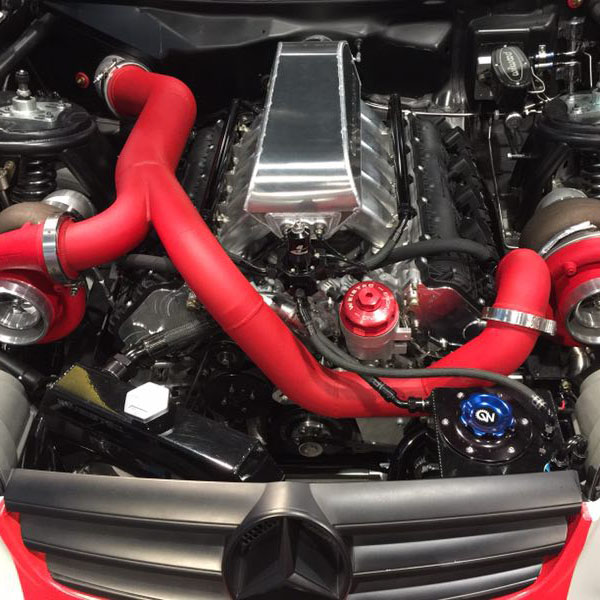
Heat shrink tubing can be fuel resistant, but there isn’t a straightforward answer to this question. It depends on other factors and so we need to ask more questions…
Is the fuel gas or liquid?
When you asked the original question you might have been thinking of just one of these, but of course, fuel can be either gas or liquid form. You’ll need the tubing to hermetically seal, ie not to “leak” and allow ingress of the fluid or gas.
Actually, there’s the solid form too – eg coal – but that’s a different problem and would require the heat shrink to protect against mechanical damage and abrasion.
The specifications will need to take all this into account if the fuel cannot be allowed in contact with the wire (the substrate) that is to be protected.
Is the fuel stored under pressure?
Again this means specifications are important. Heat shrink that stands up to ambient pressure levels might not cope under pressure. A higher performance spec could be needed.
Is the fuel acidic?
Fuel cells can contain certain types of acids. If the tubing is not inert or resistive then it will chemically react with the fuel and degrade itself and possibly the fuel too.
Is the fuel a fire hazard?
Almost a guaranteed yes to this question, which means the heat shrink will need to be a flame retardant grade to prevent it from burning.
What is the fuel type?
Often the general information/specs will mention a broad category of fuel. For example, our PLDR100 and the TE product DR-25 are specially formulated for optimum high temperature fluid resistance. The products are to as resistant to aviation and diesel fuels, hydrolic fluids and lubricating oils.
Aviation fuels (jet fuels) are usually based on kerosene. Light aircraft, on the other hand, use Avgas, which is aviation rated gasoline. So even this point needs delving into further to select the right product.
Is the fuel chilled?
An extreme example would be rocket fuel! Cryogenic fuel is stored at extremely low temperatures (to keep it in liquid form). SO, when in use, what temperature will the fuel be at and can the product withstand the extremes of temperature. Back to the specs again to determine what lowest temperature resistance is needed/available.
Will it be in contact with heat?
With engine compartments, there’s going to be some hot machinery involved and if so, how hot? The heat shrink (if it’s going to be in contact with the machinery) will need to be able to cope with this, which means selecting for the correct top temperature resistance.
To sum up…
Yes, some heat shrink is fuel resistant, but this is just part of the story. There is a host of other considerations to bear in mind. Compliance with various standards (eg flame retardant) is key.
What’s the next step?
Energy can offer some off the shelf products that have been designed for use specifically in applications in and around engines and areas where fuels are present. The products below are a great start, why not take a closer look and see if one of these are perfect for your application:
If not, you can talk to one of our experienced staff who will work with you to select the right fuel resistant product to meet your requirement. Just complete the form below and we’ll be happy to give you a call or e-mail to help you some more.





